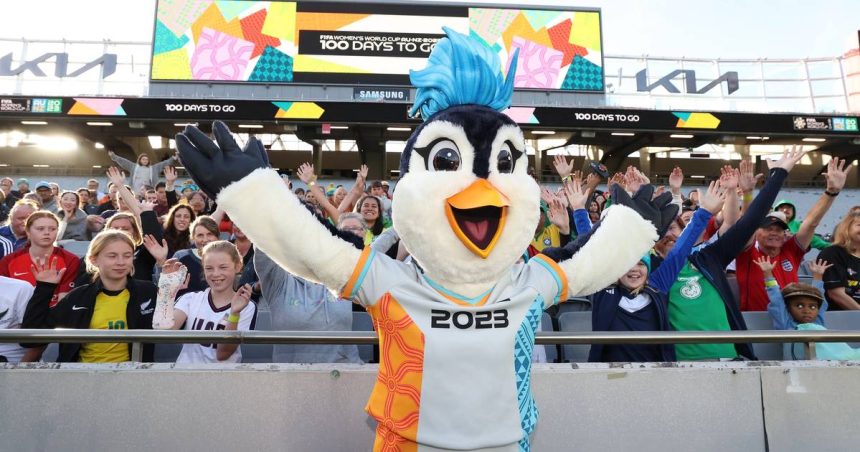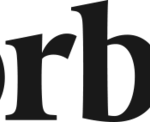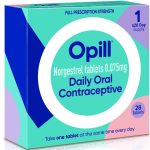There’s only seven days left until the start of the 2023 FIFA Women’s World Cup, and some brands have been eager to get in on the action for months. It’s no wonder: Last year’s Men’s World Cup in Qatar commanded significant attention among US audiences, and less than a year later, the US Women’s National Team is going for its third straight World Cup trophy.
“Brands should be salivating over” women’s sports fans, according to Kerry Bradley, the director of analytics at fan intelligence company Sports Innovation Lab. If Fox Sports almost selling out of World Cup ad inventory by mid-June is any indication, many are.
“The women’s game deserves a lot of credit for the way that Americans and US-based fans, American or not, have started to engage with soccer more and more,” she told Marketing Brew. Still, “there are plenty of general sports fans who are still at a stage in their fandom where they’re only going to pay attention to soccer once every four years, or maybe once every two, during big flagship tournaments and international events.”
That makes this summer’s tournament valuable brand real estate, but not every brand did—or could—shell out for broadcast ads or FIFA deals. As a result, sports media companies have seen high advertiser demand in recent months, and individual athletes have been fielding plenty of requests for brand partnerships leading up to the World Cup, riding a wave of increasing advertiser interest in women’s sports.
Don’t hate the player
Scott McGowan, senior media creative at Mediahub, the media agency of record for Fox Sports, said his team discussed World Cup ad inventory with “almost our entire roster of clients.” But, given economic conditions, some could not pursue “the dream scenario, where it’s a direct partnership opportunity.”
“If [a client] doesn’t have the budget for that, or it doesn’t totally make sense, what’s the second tier, surrounding opportunity to capitalize on the expected conversation?” McGowan said.
Some major brands, like Frito-Lay and Unilever, announced official deals with FIFA. But for others, that route may not be realistic, or simply doesn’t make sense for their brand. Andrea Brimmer, CMO of Ally Financial, said that as a US-based brand, “a global audience isn’t very important.” Enter player partnerships.
Even women’s soccer players who aren’t competing in the World Cup are of interest to marketers. Ally, which will air ads on Fox during the tournament, also looked to work with former USWNT players to create content around this year’s tournament “because they have such big social currency,” Brimmer said, and eventually struck up an agreement with Julie Foudy. Visa, an official FIFA sponsor, pursued deals with individual athletes even before the USWNT roster was announced.
For some athletes competing, the interest in brand deals is so high that they can’t accept them all. At least that was the case for Ali Riley, captain of both the NWSL team Angel City FC and the New Zealand women’s national team, according to Matt Hochberg, who reps her for brand deals. Riley is working with manuka honey brand Wedderspoon and Tourism New Zealand for content surrounding the World Cup.
Get marketing news you’ll actually want to read
The email newsletter guaranteed to bring you the latest stories shaping the marketing and advertising world, like only the Brew can.
“We’re now saying, ‘We have other NWSL players who may not be World Cup players right now, but they’re very well-respected, high-quality NWSL players,’” he said. “The attention is not just going to be on the World Cup, but it’s going to trickle down to the NWSL as a whole, and they’re playing when the World Cup ends.”
“Second screen”
In addition to an assortment of athletes, some sports media companies are also experiencing a trickle-down in advertiser interest associated with the World Cup. Several started planning their World Cup content and sponsorships anywhere from the middle of 2022 to early 2023, and reported generally high advertiser demand.
Sebastian Tomich, CCO of The Athletic, said that even during the Men’s World Cup, “women’s sports seemed to be all of the talk with the brands we were speaking with.” The publication started selling Women’s World Cup content around mid-2022, he said, and officially sold out around mid-June.
Emily Lewis, senior account executive at Just Women’s Sports, said she saw brand activity around the publication’s World Cup content seriously heat up after March Madness. By the end of May, inventory was “pretty much sold,” although Lewis said she made some exceptions for brands with larger budgets.
Others said they’re seeing record amounts of interest.
“I would say the volume of interest around this specific event is as high as I’ve ever seen, and there is as much interest around women’s sports as I’ve seen in my time here over the last nine, 10 years,” Joe Caporoso, president of sports and entertainment media company Team Whistle, said. “We’ve been planning for a busy July, both on the original [content] and the branded [content] front.”
The fact that Australia and New Zealand are hosting the World Cup could be cause for some concern among broadcast advertisers given the time difference between there and the US. Brimmer said that might be “tough,” but she still expects “really good” ratings.
For some digital media companies, that’s no problem: Andres Cardenas, CMO of Minute Media, the digital content company behind sports publications including The Players’ Tribune and 90min, said those properties may actually see higher engagement as a result. The Players’ Tribune has been releasing a series of athlete editorials leading up to the tournament, and is partnering with Kia for a video series about women’s soccer. 90min has a World Cup content partnership with Klarna.
Lewis said she even sees the potential timezone dilemma as an opportunity for Just Women’s Sports.
“I think for us, it’s a talking point to be able to showcase our value as a second screen to what is happening from a broadcast standpoint,” she said. “We’ll be that place that fans can go to when they’re like, ‘Shoot, I missed the game in the middle of the night.’”
Even when the World Cup comes to a close, many brand, agency, and media execs don’t expect brand interest in women’s soccer—and women’s sports in general—to wane.
“I think it’s going to keep growing,” Bradley said. “The time to invest in women’s sports was yesterday, but the second-best option is right now.”
Read the full article here










